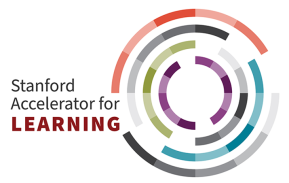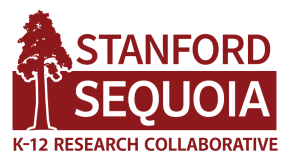Bridging Reading Science and Educational Practice
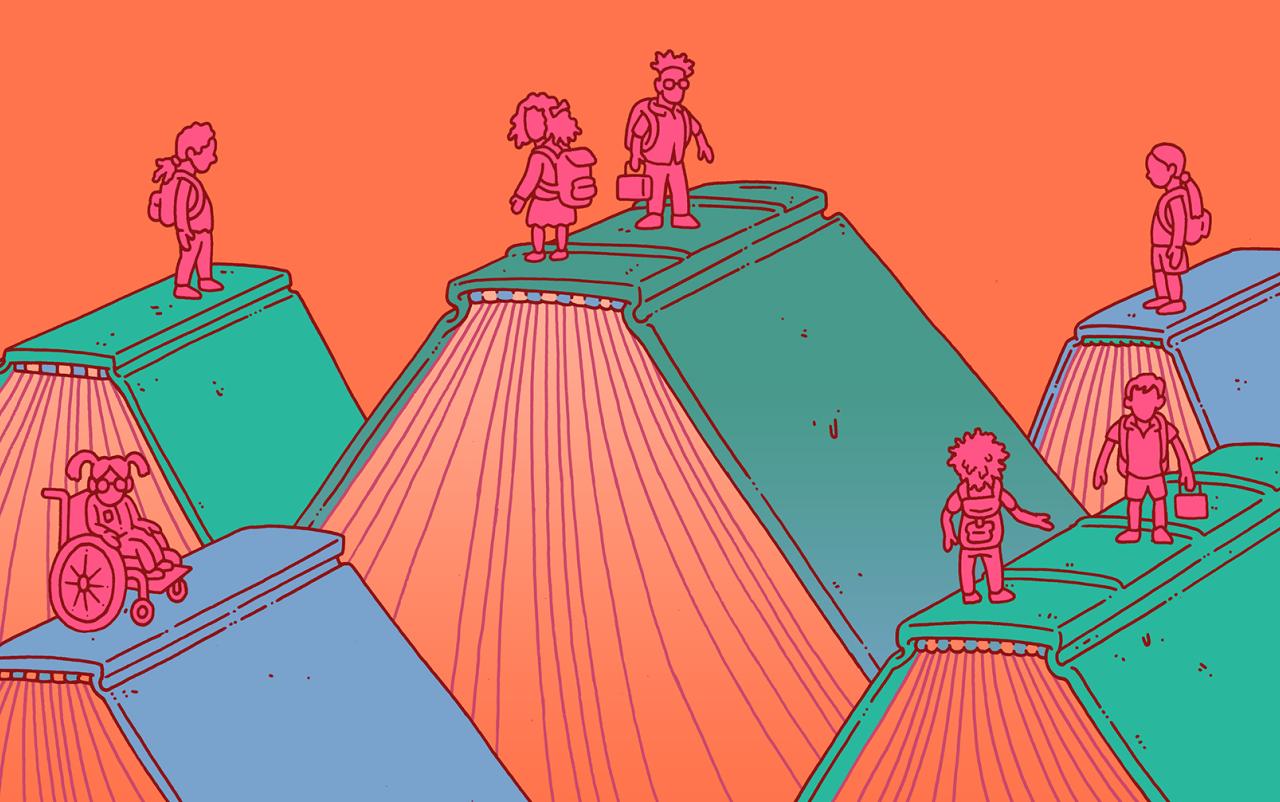
Literacy rates in the United States indicate that millions of children are silently slipping through the cracks. Based on the most recent (pre-pandemic) National Assessment of Educational Progress, only 35% of 4th graders and 34% of 8th graders read at a level considered proficient or above, with even more distressing statistics for Black, Hispanic, and low-income students.
Best estimates approximate that about 10-15% of children have persistent struggles with reading due to dyslexia, and an additional 50% of students are not receiving the reading support they need to achieve proficiency. Because students are not systematically screened for foundational reading skills across the grades, the vast majority of these children are never identified and don’t receive the targeted support they need to reach their potential.
The solution is hiding in plain sight: identifying and differentiating instruction for the specific needs of students will improve their reading proficiency. Our goal is to scale the Rapid Online Assessment of Reading (ROAR) and to work with our partner districts, especially those in the Stanford-Sequoia K-12 Research Collaborative, to craft an actionable plan to capitalize on these data to support every learner. In partnership with Reading Reimagined, we plan to embed the assessments in a new equity-focused comprehensive reading fluency and comprehension curriculum designed especially for Black, Latino, Native American, and low-income students.
We envision a state-of-the-art, universally accessible, unintrusive screener that can probe decoding issues across the grades, identify students’ strengths and areas for growth, and empower schools to respond with targeted interventions that meet the needs of every learner.

Director of Scientific Software Engineering , ROAR
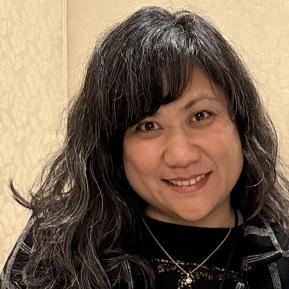
Assistant Superintendent of Educational Services, Belmont-Redwood Shores School District
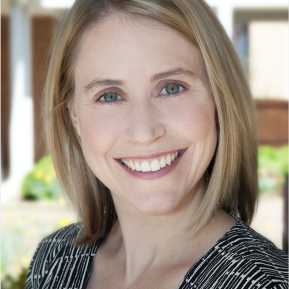
2021-2022 Design Fellow
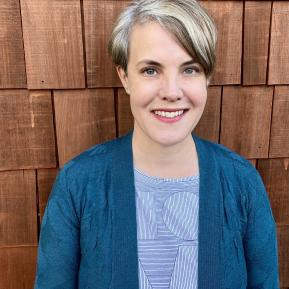
Associate Director , Reading Reimagined
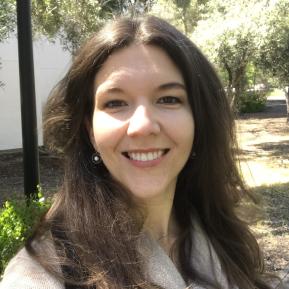
2020 and 2021 Phd fellow

Program Director , ROAR
Related Links
Stanford team builds tool to keep young readers from falling through the cracks [Stanford Accelerator for Learning, February 2025]



